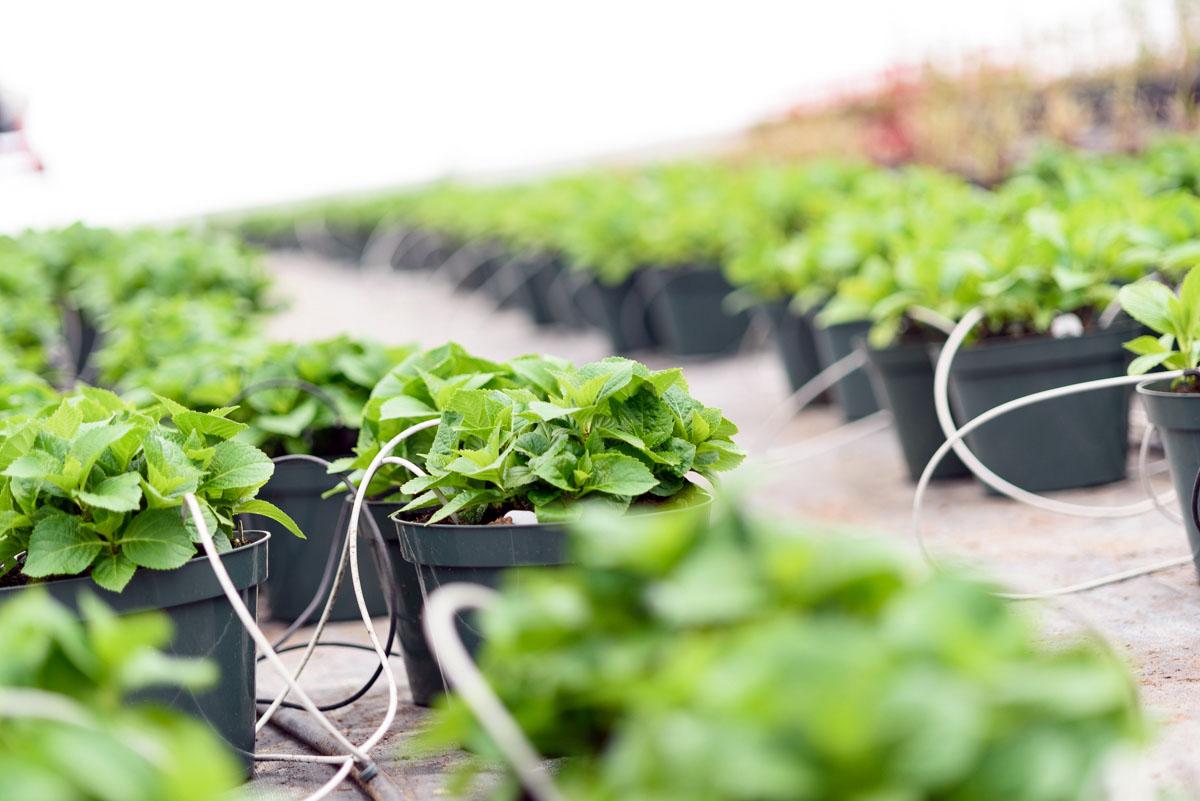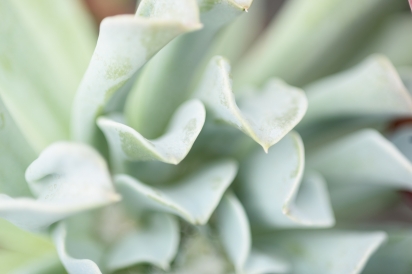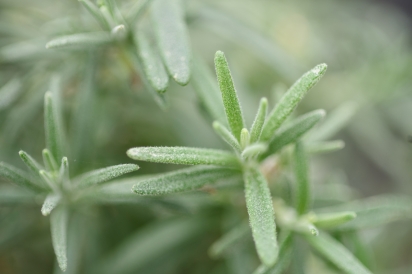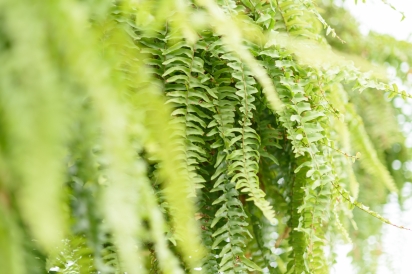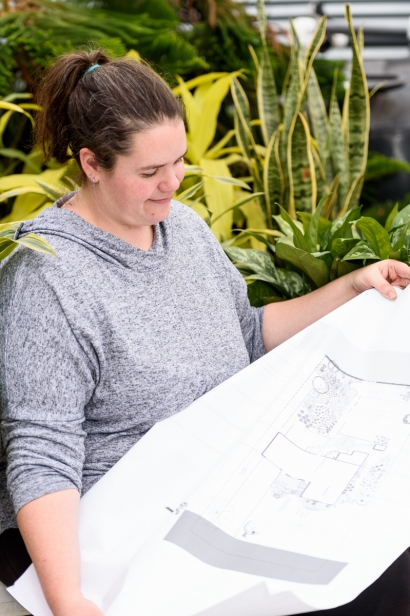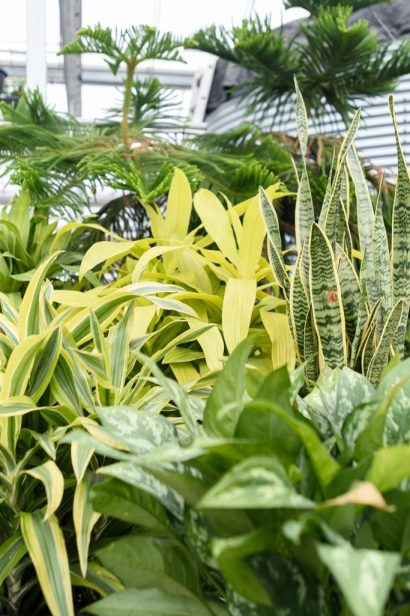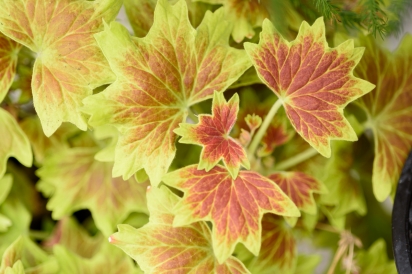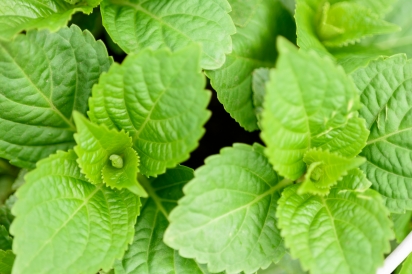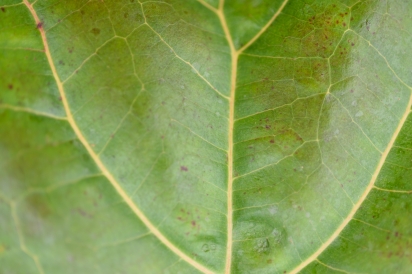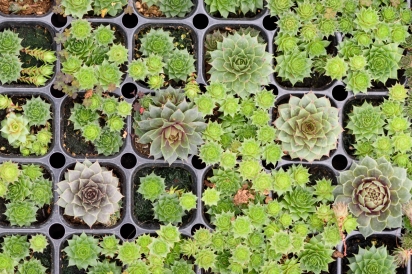Edible, Medicinal or Native
We look out on our gardens and experience the joy of seeing things sprout and grow and flourish from our own efforts.
Humans have treasured this joy for millennia — and for Laura Moses, owner of Kingston-based Fine Lines Landscape & Design, it’s one of the pleasures that puts life right.
“It’s nothing I could put into words,” she says. “To step into my garden in the morning as the sun comes up, feet bare, coffee cup in hand — I cherish the solitude, the quiet, the sense of escape.”
Moses has been offering workshops and lectures on garden design since 2012 — but her involvement in horticulture began years earlier. In 2006, she moved to the Ottawa area to take classes in horse management at the Kemptville campus of the University of Guelph. She was there for two years and worked on the campus grounds crew during the summers. “I really enjoyed that,” she recalls. “I found a pleasure that I didn’t get from most other things.”
She already had some sense gardens might have been in her future. Her grandmother, an enthusiastic gardener, had taught her the names of many plants and the satisfactions of keeping life sprouting in one’s backyard.“
For me, life would always be about either horses or plants — and at Guelph I finally opted for the plants.”
By good fortune, she met Ottawa-based garden expert Shane Priaulx, owner of The Professional Gardener, a landscaping service. Sensing her instinctive commitment, Priaulx hired her and told her he would make her a foreman if she firmed up her theoretical knowledge of gardening, which she was happy to do. She enrolled in numerous workshops on horticulture and garden management.
All told, she worked for Priaulx for 10 years, eventually leaving the company to found her own, Fine Lines Landscape & Designs, based out of her home near Kingston, where she is now raising a young family. Her company offers workshops and lectures as well as garden design, care of gardens, lawn and fruit trees and landscaping services in the region, extending into Ottawa.
Moses has been certified by the Landscape Ontario Horticultural Trades Association as a landscape technician with an emphasis on ornamental plants. She has also been a member of Master Gardeners of Ontario, a non-profit group of experienced gardeners who have studied horticulture and provide expert advice to amateurs.
Moses is quick to disabuse potential gardeners of misconceptions they have about growing plants north of the 49th parallel. One of the major concerns is that Ontario gardeners are limited by the short growing season and the cold climate. “This is an absolutely false idea,” she says. “We have few limitations upon what we can grow — you see all kinds of vegetables, a wide variety of melons, and a wide range of fruit trees.” To be sure, some plants, such as tomatoes, need to be started indoors, but they flourish outdoors when warmer weather comes.
Another misconception is that any worthwhile garden requires huge amounts of time for maintenance. “Again, not really true,” Moses says. “Of course, the size of a garden makes a difference, but I can take care of pruning, weeding and edging of an average-sized garden in half an hour of work a week, a requirement almost anyone can meet.”
Every prospective gardener needs to decide what kind of garden they want, Moses says. What plants do they like? Moses herself doesn’t care for roses, for example, and would never plant them in her own garden. What time of day do they tend to be home? “If they work late and it’s dark when they get home, I suggest lighter-coloured flowers that stand out more in the dark. If they’re up at dawn and home all day, darker-coloured shrubs and flowers might do the trick. These are the things to consider.”
In her design work and her workshops, Moses stresses the use of themes to organize a garden. Those themes might include the edible garden, the ornamental garden, the medicinal garden, the native-plant garden and the winter garden. The greatest difference among them is the choice of plants.
The medicinal garden
Moses own favourite is the medicinal garden. “I’ve always been fascinated by how plants can heal us,” she says. “They can be rather ordinary-looking plants... nothing magical about their appearance, but you can use them to improve your health.”
The purple coneflower, a native species, is said to boost the immune system and possibly reduce the severity of colds. They were used by indigenous people to treat wounds, burns, toothaches and throat infections.
Like the purple coneflower, bee balm, another native species, is said to be a good cold remedy, as well as being good for skin infections and mild wounds. Some native groups used it to combat flatulence. “In tea, bee balm provides a really pleasant flavour,” Moses says, “and as a perennial, it’s going to come back year after year.”
Moses touts yarrow as “a really good herb for women’s problems.” Proponents believe it regulates the menstrual cycle and reduces pain and bleeding.
With their high levels of Vitamin C, rose hip may be good for colds. Beyond that, it may provide some control of arthritic pain and is being studied to see if it reduces oxidation of low density lipoprotein, a risk factor in heart disease.
If your garden includes an apple tree, one can make stewed apples, which, loaded with stool-bulking pectin, combats constipation, Moses says.
Another tree, the balsam fir, has traditionally been used for burns, sores and cuts. “If you slowly boil the needles, then add a little beeswax, you have a great salve,” she says.
The edible garden
The edible garden should form at least part of most designs. As Moses says, “It’s important that everybody have something edible growing for themselves.” She deplores the excessive reliance on imported vegetables when a great deal can be grown locally with their nutritional content uncompromised by shipment over long distances.
The plants in the edible garden tend to be more familiar, but Moses has some surprises — for example, hostas, a perennial herb of the lily family whose stems, leaves and flowers are widely eaten, especially in Japan. The taste is often likened to asparagus or lettuce.
Most people can easily list the vegetables they would like to have on their plates, though Moses is a strong proponent of rhubarb (yes, a vegetable) and kale. Among the fruits she recommends are cherries, apples, pears, plums and tomatoes.
The ornamental garden
The ornamental garden is particularly appealing to older people, Moses says.The hydrangea, an ornamental shrub with a wide choice of cultivars, is definitely on Moses’ favourites list. “The flowers are so beautiful and showy,” she says. She also loves the astilbe, with its fern-like foliage and its feathery plumes of flowers.
Among the more beautiful trees that might provide shade in the garden are the crabapple and plum trees.
And Moses has lots of time for the stand-by favourites that most people love, including the peony, the iris, and the many varieties of lily.
The native garden
The native garden uses plants indigenous to the area. “These are becoming more and more popular and make great choices because any native plant is naturally hardy in its own locale,” Moses says.
One of her favourite native plants is the bunchberry, which Canadians, in a vote sponsored by the Master Gardeners of Ontario, chose to celebrate the just-completed 150th anniversary of the country. (The group will submit an online petition to Parliament to have the plant declared Canada’s national flower.)
Another of her favourite native plants, the jack-in-the-pulpit, also known as the brown dragon or the Indian turnip, easily suggests its name. As Moses says, “The flower has a uniquely cupped shape, almost like a vase with a lid,” and in that vase stands a club-shaped stem, the “jack.”
The ultra-familiar clover plant can be used instead of grass for the lawn that may surround a garden. Not only is it native, but clover is one of the easiest plants to grow, has a nice odour and provides nectar for bumblebees and honeybees.
Since nothing is immune to the seasons, every gardener should have an idea of creating a winter garden, Moses believes. “Things shouldn’t simply be bare — there should always be elements to sustain interest through until spring,” she says.
Trees and shrubs will draw the eye even in the coldest months. The juniper, a coniferous plant in the cypress family, is one of the best winter choices. “Of course, any conifer shows well in the winter,” Moses says. “The snow on the branches has real eye appeal.”
Other plants that are not strictly coniferous, but remain green over the winter include the boxwood shrub and the yucca, which, despite its tropical connotation, is native to parts of Alberta and has often done well in eastern Ontario.
Some of the best winter displays are made by ornamental grasses such as those in the miscanthus family, which remain indomitably tall and stiff over the winter.
Whatever type of garden you choose, Moses is sure it will repay your investment of time and energy.
“You will feel more in touch with the living world, you’ll have a place to entertain and you may enjoy the freshest food you can imagine.
“I can’t imagine life without a garden.”
Fine Lines Landscape & Design
6454 Hwy. 15, Seeley's Bay, Ont.
finelinesld.com, 613.453.7423


